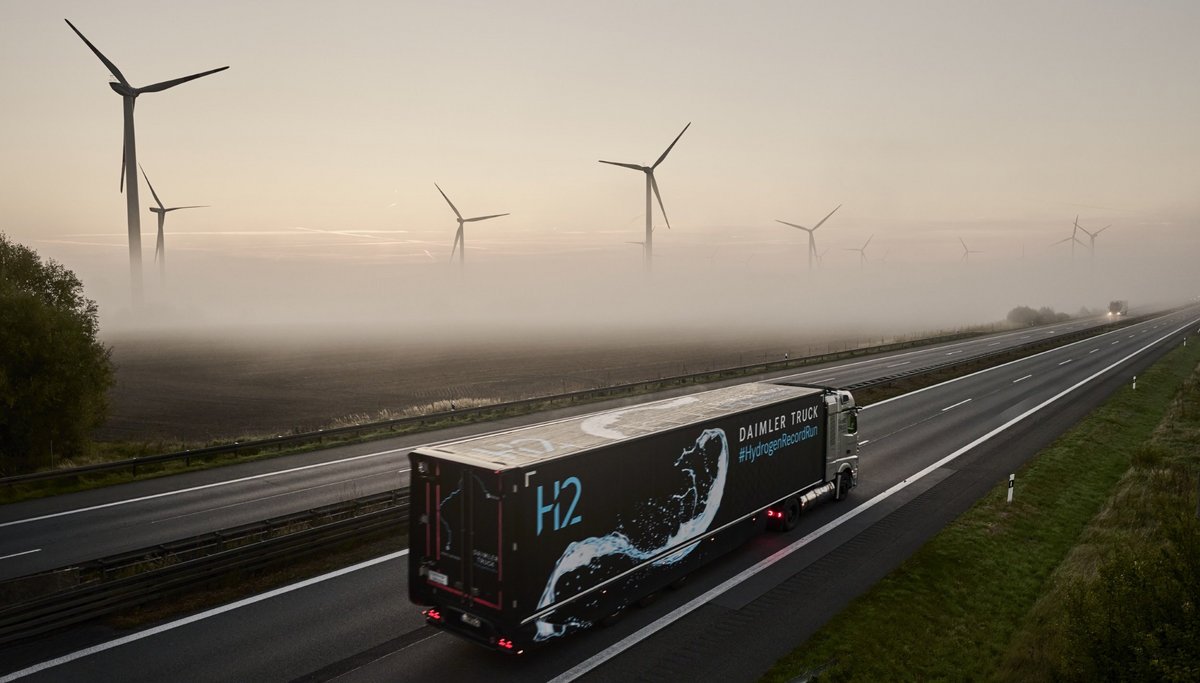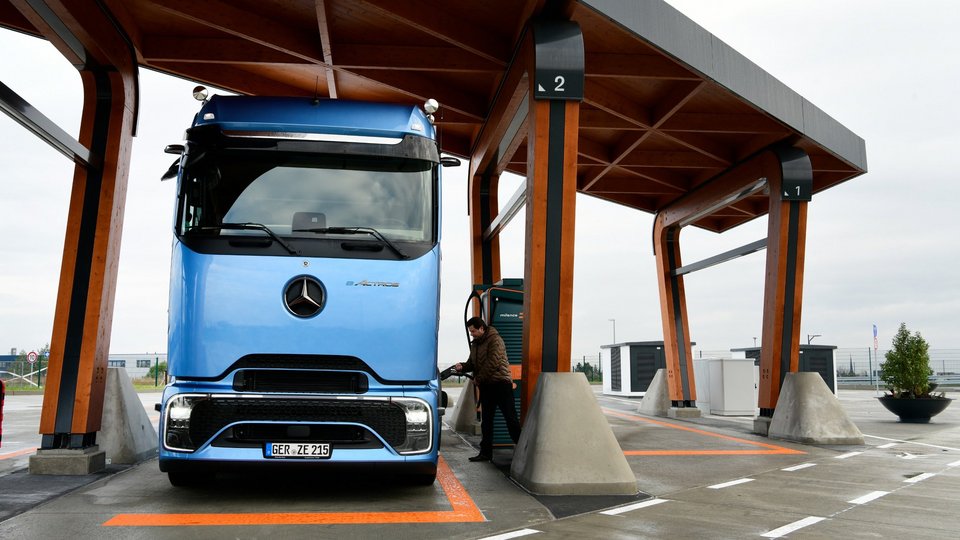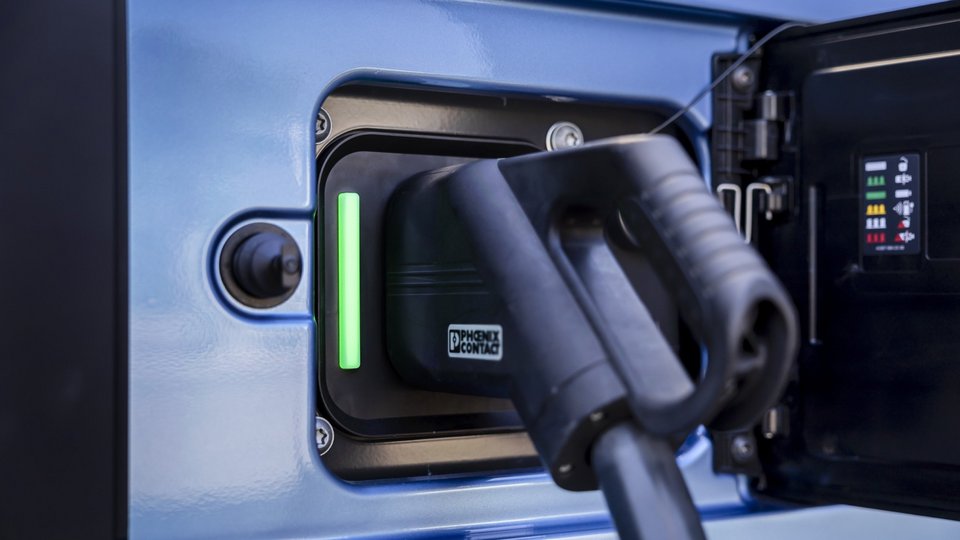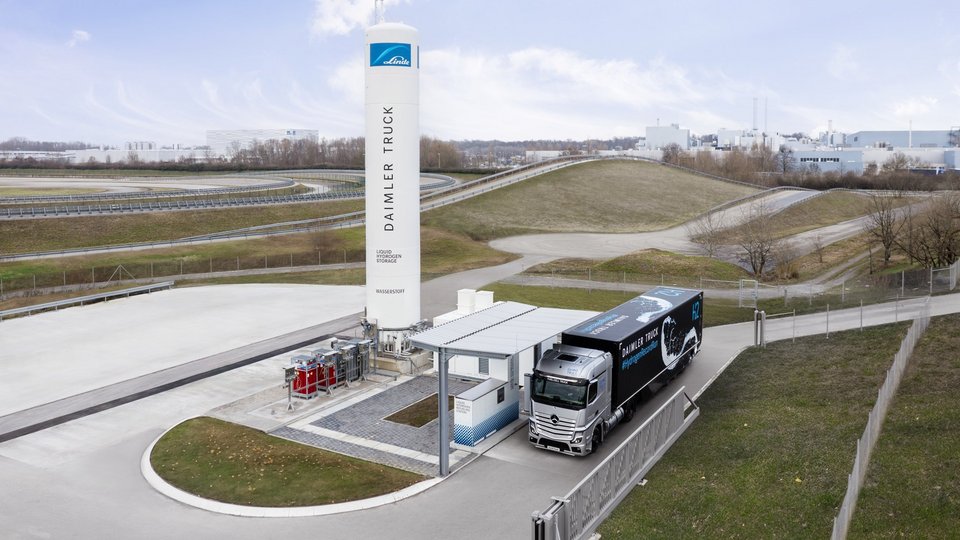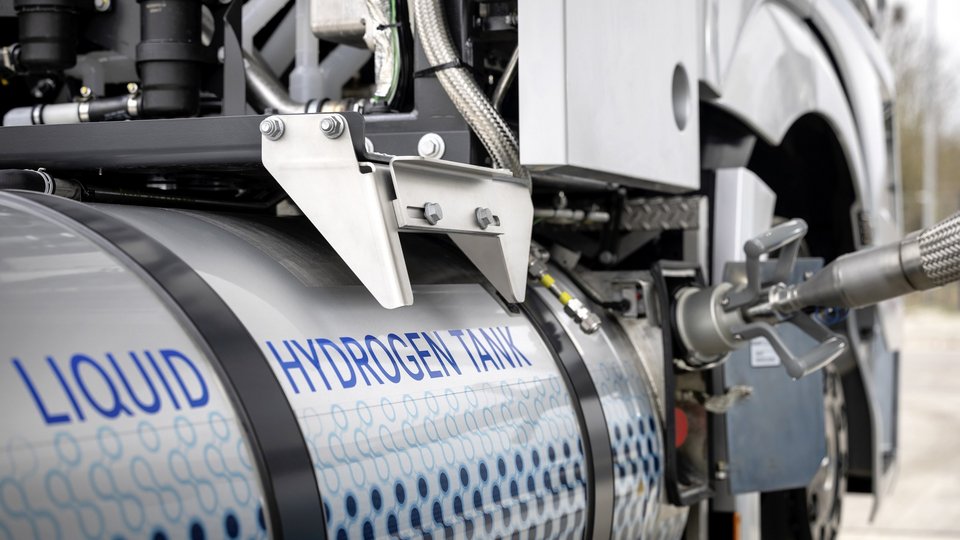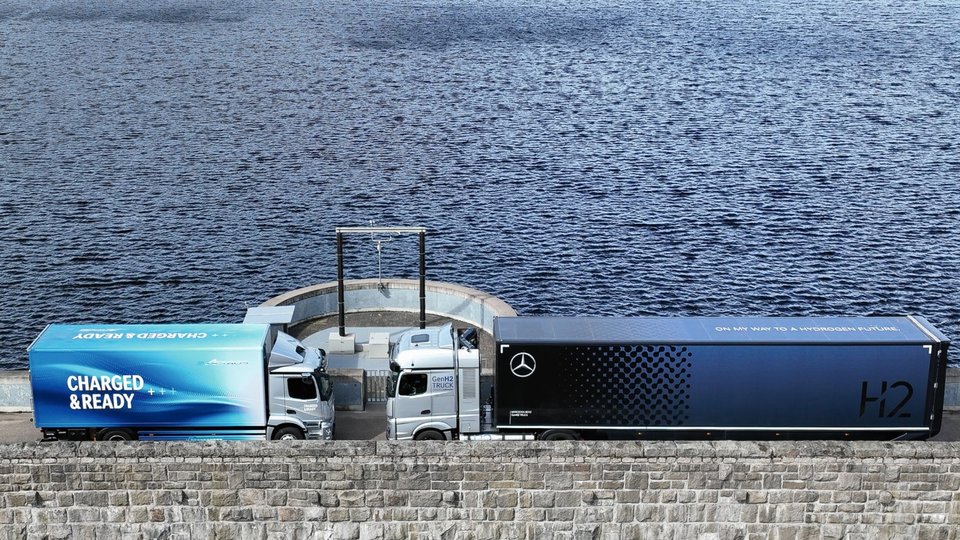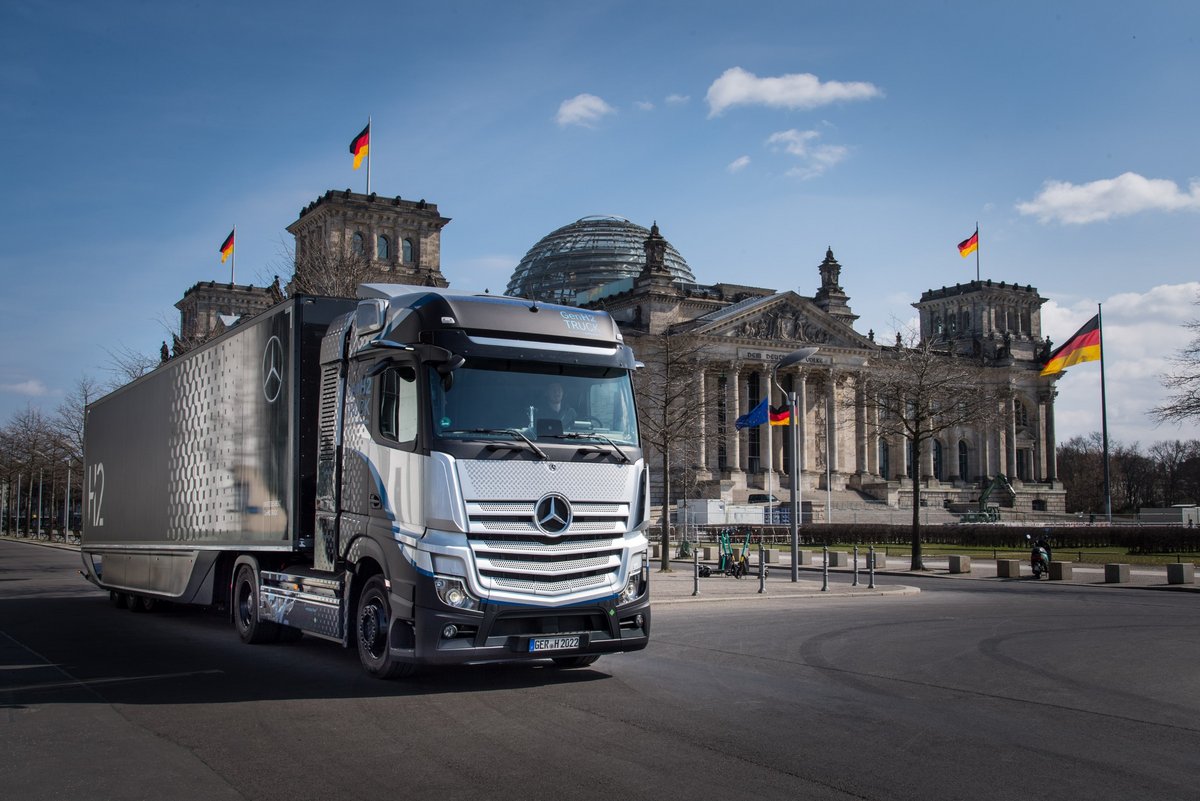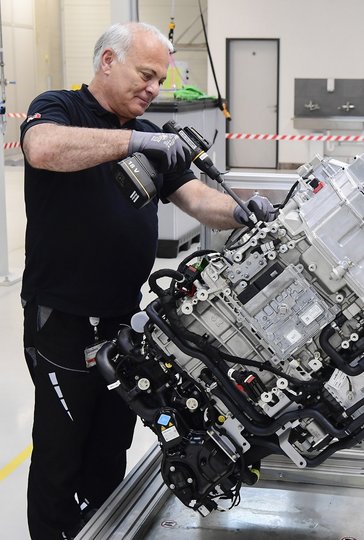23.06.2025 | Tech & Innovation
Europe is in a race against reality: On the one hand, there is the ambition to be a global leader in climate protection. On the other, Europe’s industries are under immense pressure – driven by high energy costs, weak infrastructure, and declining competitiveness. This conflict of goals is also threatening transportation – the backbone of our economy and society. What we need now is a solution that makes ecological sense, is economically viable and fits into the broader energy system. One of the keys: a molecule. With “Hydrogen Week” taking place in Germany, an article by Andreas Gorbach.
![[Translate to English:]](/fileadmin/_processed_/8/9/csm_Header_LinkedIn_f2d092ad69.jpg)

